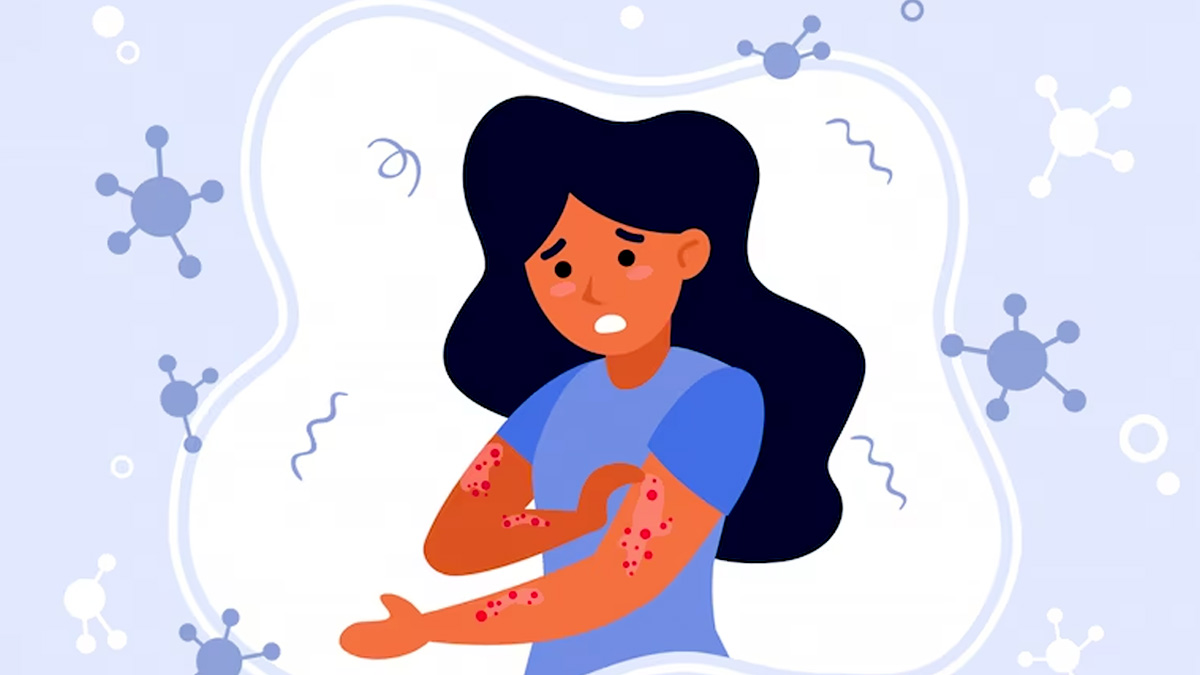
The World Health Organization (WHO) published research in 2022 that featured the first-ever list of fungal "priority pathogens" - a list of the 19 fungi that pose a threat to global health.
The World Health Organisation's fungal priority pathogens list (FPPL) is the first global programme to systematically prioritise fungal pathogens based on the unmet research and development and perceived public health importance. This study is based on research conducted at the University of Sydney in Australia. To know more about the fungal infections OnlyMyHealth reached Dr Nikhil Kulkarni, Consultant-Internal Medicine, SL. Raheja Hospital, Mahim - A Fortis Associate.
Table of Content:-
Types Of Fungal Infection
Fungi are always present in our environment. Most of them are harmless. However, few of them can cause infection in humans. The most prevalent fungal infection is dermatophytosis, often known as superficial fungus. This infection is further categorised into three categories based on the body parts it affects.
Trichophyton
Trichophyton is a genus of fungi that commonly causes skin, scalp, and beard infections. It is a dermatophyte, meaning it is able to feed off of keratin- the protein that makes up the outer layer of skin, nails and hair. These infections are known as tinea or ringworm and can range from mild to severe. Trichophyton infections are contagious and can spread through contact with infected persons, animals, surfaces, or items.
Microsporum
Microsporum is a genus of fungi in the family Arthrodermataceae. These fungi can cause skin and hair infections in humans and other animals. Infections are known as dermatophytosis or ringworm. Microsporum is the most common genus of fungi that cause ringworm.
Also read: Treatment for Fungal Infection in Lungs
Epidermophyton
Epidermophyton is an anamorphic fungus belonging to the genus Epidermophyton. It is a dimorphic fungus and is a common cause of dermatophytosis, which is an infection of the skin, hair and nails caused by fungi. The species of Epidermophyton typically found in humans is E. floccosum, which can be found in moist environments such as showers, pools, and locker rooms.

Other common superficial fungal infections are
1. Onychomycosis: This type of fungus affects fingernails and toenails.
2. Candidiasis: Affects skin and mucous membranes are involved, examples are oral thrush, diaper rash, oesophageal candidiasis, vaginal thrush and candidiasis of the intestines
According to Dr Kulkarni, deep Fungal Infection is only seen as opportunistic infections such as in case of chemotherapy (for Cancer), HIV, viral infections and patients who have undergone an organ transplant.
Deep fungal infections are more complicated in nature and need hospitalisation and treatment with intravenous antifungal medications under medical supervision. It can cause infection in the lungs, blood, urinary tract, or brain. Example are:
Histoplasmosis – Lung and Brain
Blastomycosis – Bone and Lungs
Aspergillosis – Lungs
Candidiasis – Urinary tract
Also read: 9 Ways To Cure Fungal Infections Of The Skin
Treatment Options
Over the counter products are available. However, consult your doctor about which medication to take & the duration to take them. Oral pills, creams, mouthwash, eyedrops, shampoo and pessary must only be used in accordance with your doctor’s prescription. "Avoid using antifungal creams with steroids, as they will not eradicate infection and will cause recurrence", says Dr. Kulkarni.
Image credit- FreePik
Also watch this video
How we keep this article up to date:
We work with experts and keep a close eye on the latest in health and wellness. Whenever there is a new research or helpful information, we update our articles with accurate and useful advice.
Current Version